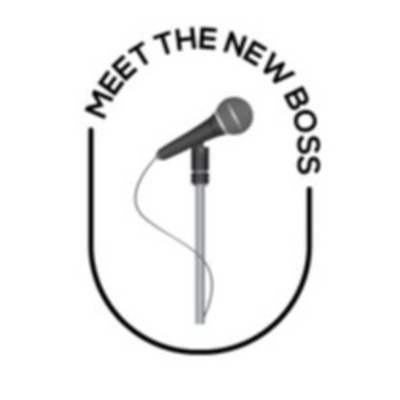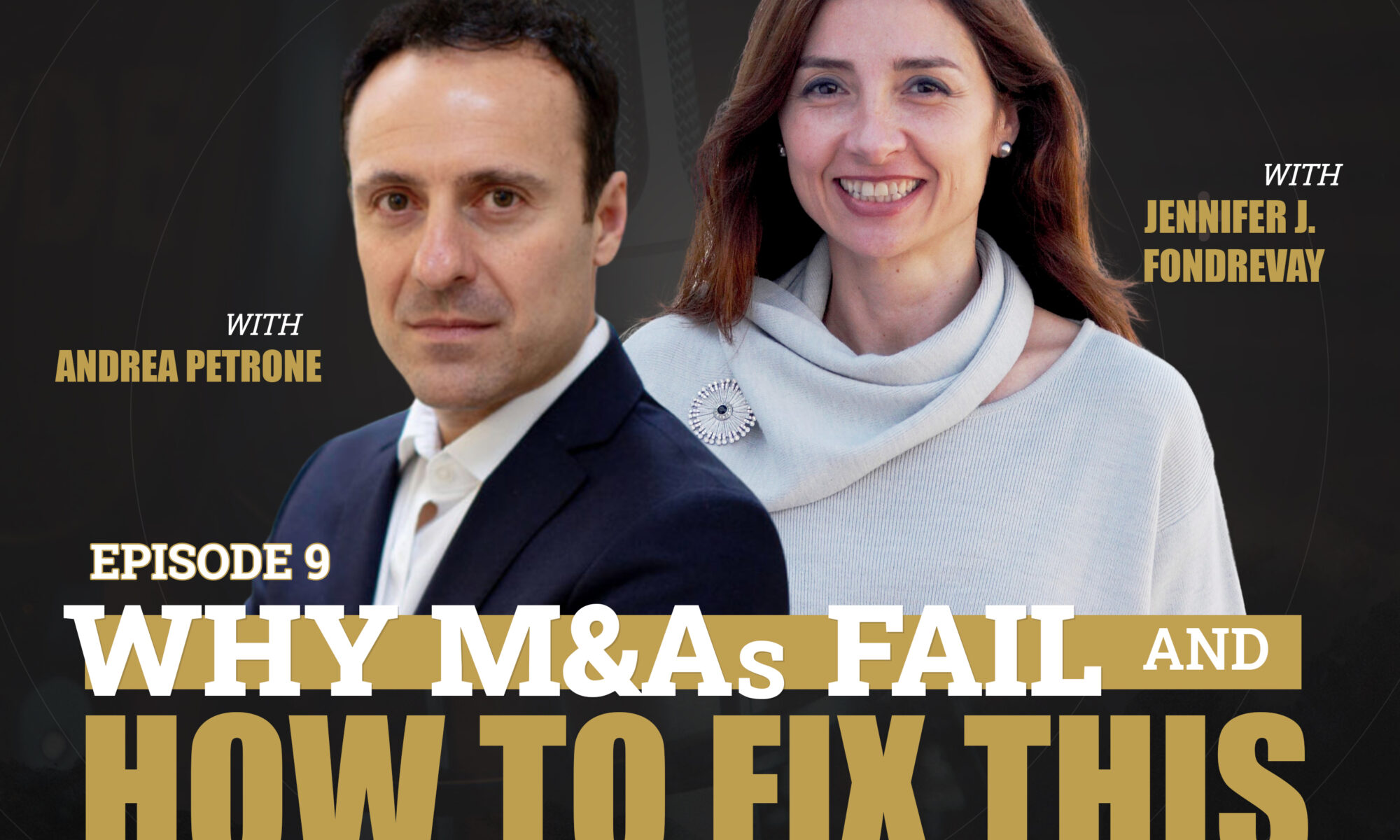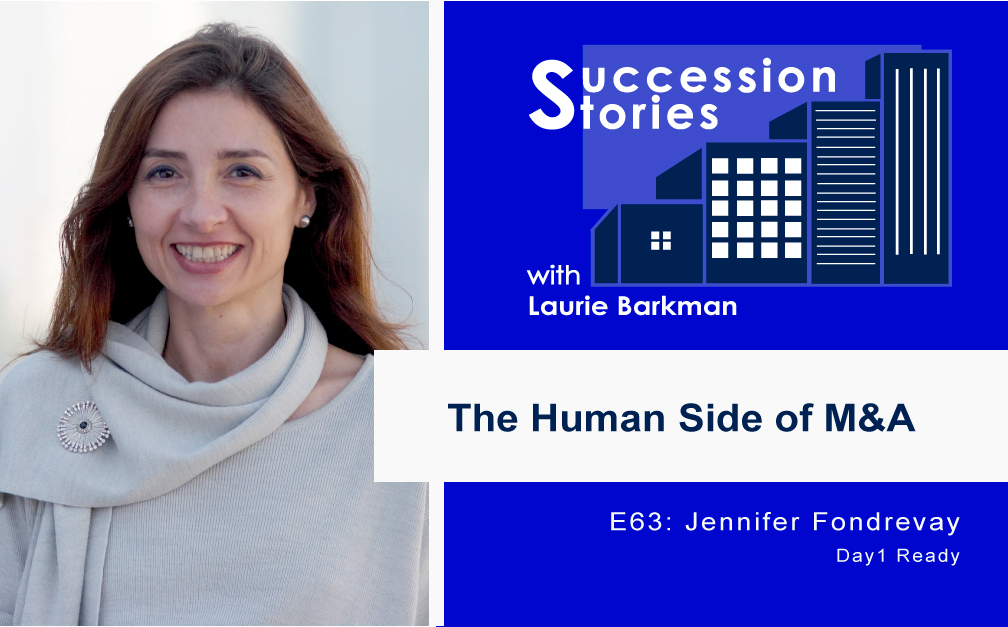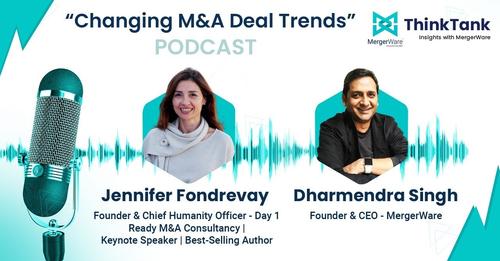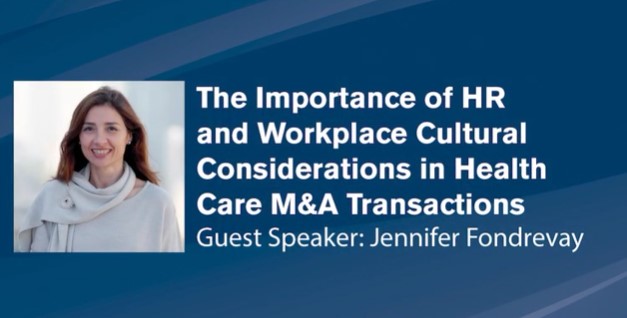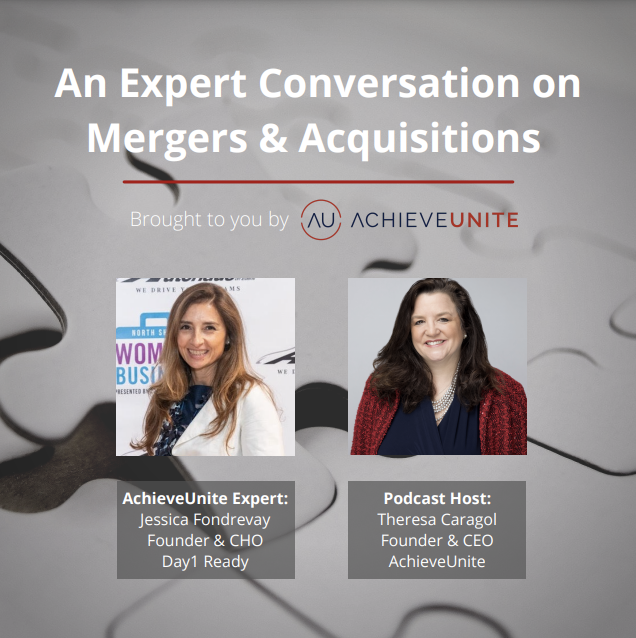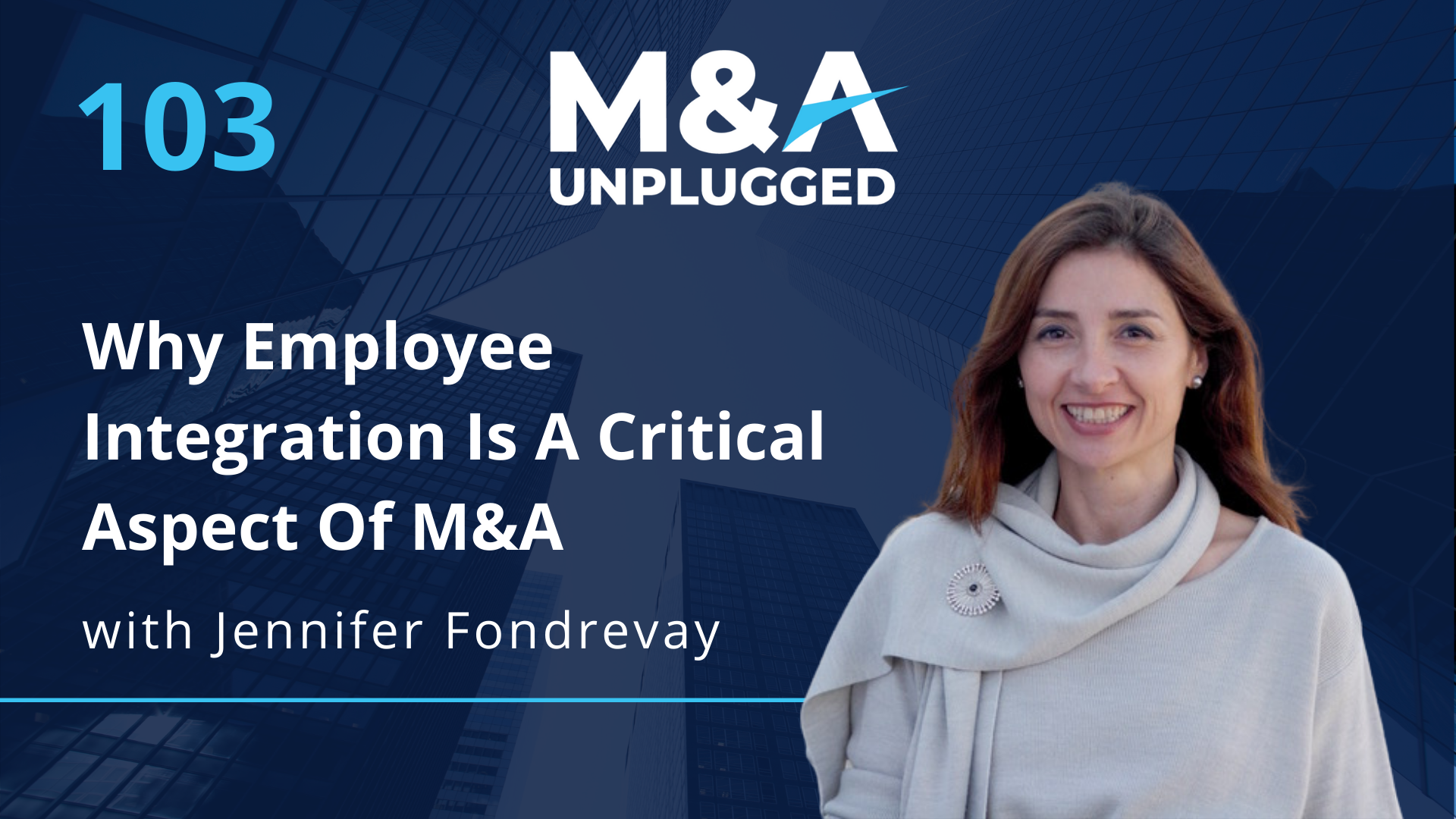In this Work Arts interview, Brandon Curry and Jennifer J. Fondrevay discuss their individual experiences leading and advising organizations through mergers, acquisitions, and other significant transformations. Jennifer shares how calls for help have changed, including her perspective on lessons leaders have learned from leading through the pandemic that help us lead through transactions and transformations. Brandon and Jennifer also discuss how post-merger integration culture and team development work is different following nearly two years of hybrid and remote work.
PODCAST: Vincent Catanzaro, “Meet the New Boss”
A fun conversation with Jennifer, Vincent Cantanzaro and Jeff Niebhur as they discuss the characters that emerge in M & A – that’s right we said fun and M&A. They review the pitfalls in M & A and discuss the music associated with the process.
Listen to the full podcast here: Vincent Catanzaro, “Meet the New Boss”
PODCAST: WHY M&AS FAIL AND HOW TO FIX THIS
One of the primary reasons that a merger may fail is less about strategic, operational, or financial fit. Rather, it may be that the two companies’ embedded cultures cannot be easily aligned. Some issues may surface during the due diligence phase but identifying how the cultures are going to work together is paramount.
In this podcast with Andrea Petrone, Jennifer discusses:
- The mutual benefits in employing humility, respect, and understanding.
- Why there needs to be acceptance of the change occurring within the workforce.
- How to retain critical talent in the workplace.
- Why it is important to lead by example.
Read the full article about the interview here: Why M&As Fail and How to Fix This
PODCAST Succession Stories: The Human Side of M&A Deals
Did you know that 80% of mergers and acquisitions fail? An often overlooked yet critical aspect of M&A deals and transitions is the people factor. Jennifer Fondrevay, Founder of Day1 Ready, advises senior executives on how to plan for expected challenges. Listen in as Laurie Barkman talks with Jennifer about the emotional aspect of business transition, and how those emotions come into play for a newly merged organization. If you’re anticipating a company transition in your future, listen in to learn more about how strategies around the human factor can drive greater success in M&A deals.
Listen in to learn more about:
- What to anticipate from your workforce when you announce an M&A deal
- Three key things to consider when buying or selling a business
- Benefits of a human capital-centric approach to M&A
- How to build confidence and synergy among different parties involved during a transition
PODCAST with Dharmendra Singh, Chief Executive Officer -MergerWare
Our Featured Guest for this Podcast was Jennifer J. Fondrevay, the Founder and Chief Humanity Officer of Day1 Ready M&A Consultancy. Dharmendra SINGH, CEO – MergerWare had an insightful discussion with Jennifer on relevant M&A aspects like the impact of the past year on M&A, the recent M&A trends, and how companies are getting prepared for Post-Merger Integration.
As Jennifer says, “One trend I hope continues [since the pandemic] is the greater emphasis on employees & the workforce. The workforce itself is saying “No, this doesn’t work for me”. Many people are re-evaluating what work means for them and the workforce is having a greater influence on what happens in an organization.”
PODCAST: Health Law Hot Spot
Following a health care practice merger or acquisition, it’s important to remember that there will be significant changes that impact the workforce and the workplace culture going forward. Join host Ericka Adler, Roetzel shareholder and Health Law Practice Group Leader, and guest Jennifer Fondrevay, Founder of Day1 Ready™, as they discuss why it’s important that all of the parties involved have conversations early and often to set expectations and ensure a successful transition.
5 Best Practices When Crafting your M&A Onboarding Experience
Post mergers & acquisitions (M&A) onboarding is NOT your typical onboarding journey. However, intentional planning and appreciation for your new employees’ mindset can play a critical role in setting your new employees up for success.
In an M&A scenario, employees have not been actively recruited to join your company. The excitement and eagerness to “be part of the team” are not typically there. In fact, if the newly acquired company will be changing its name to the acquiring company, these new employees may even think about revolting. This reality requires a different mindset and approach as you onboard your employees.
Read all 5 best practices in my guest article for Silk Road Technologies.
PODCAST: An Expert Conversation on Mergers & Acquisitions
Theresa Caragol, Founder and CEO of AchieveUnite, recently sat down with Mergers & Acquisitions expert and AchieveUnite Expert Community Member Jennifer Fondrevay to discuss the top considerations for technology companies to keep in mind as they undergo M&As.
In this episode, you’ll also learn why M&As fail, and you’ll walk away with relevant insights and best practices to help you successfully lead your employees, customers, and partner ecosystem through an M&A.
PODCAST: Why Employee Integration Is A Critical Aspect Of M&A
Integration of employees is such a critical aspect of any M&A transaction, yet most entrepreneurs spend too little time planning for and executing this element. The planning for this phase should start the moment you decide you’re going to pursue an acquisition, not when you’re already in due diligence. My guest, Jennifer Fondrevay, is an expert in the human capital aspect of M&A transactions. She’s personally been part of several large M&A transactions and has seen firsthand how the human capital piece can sour an entire deal.
Jennifer shares key insights on the most overlooked aspects of integrating people, best practices for handling human capital and how COVID has changed the landscape and the challenges it presents in truly analyzing this part of any deal. Jennifer is engaging forthrightly in her advice which comes from firsthand experience.
Read the full transcript here.
Live interview with Ellen Rogin
Watch this Facebook live interview with Ellen Rogin of horsesmouth.com!


